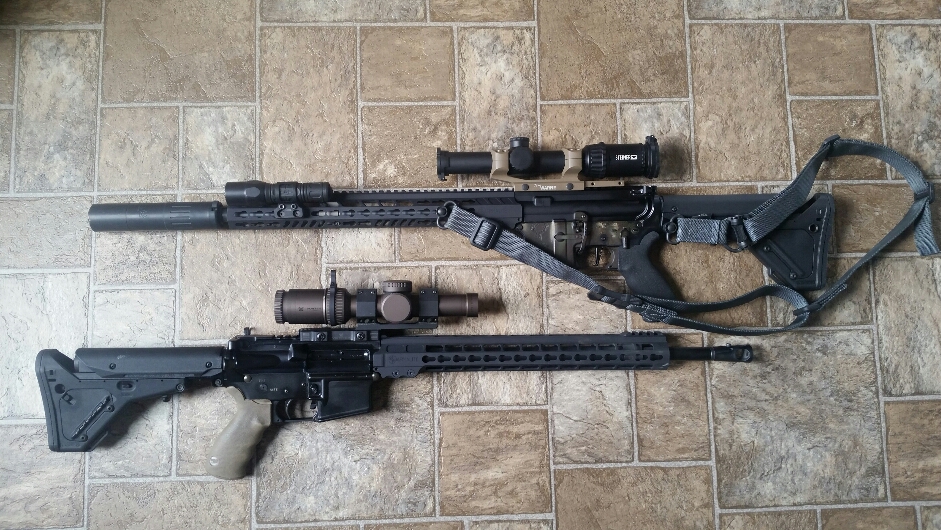Not sure everyone can see this video, I couldn't find it in youtube form. Apparently there are Marines who aren't so sure about using suppressors on their weapons as it appears that the Marine Corps is looking at arming a large amount of the Corps, if not all with suppressors in the future. The video is pretty good.
<iframe src="https://www.facebook.com/plugins/vi...deos/10154324878615194/&show_text=0&width=560" width="560" height="315" style="border:none;overflow:hidden" scrolling="no" frameborder="0" allowTransparency="true" allowFullScreen="true"></iframe>
<iframe src="https://www.facebook.com/plugins/vi...deos/10154324878615194/&show_text=0&width=560" width="560" height="315" style="border:none;overflow:hidden" scrolling="no" frameborder="0" allowTransparency="true" allowFullScreen="true"></iframe>


